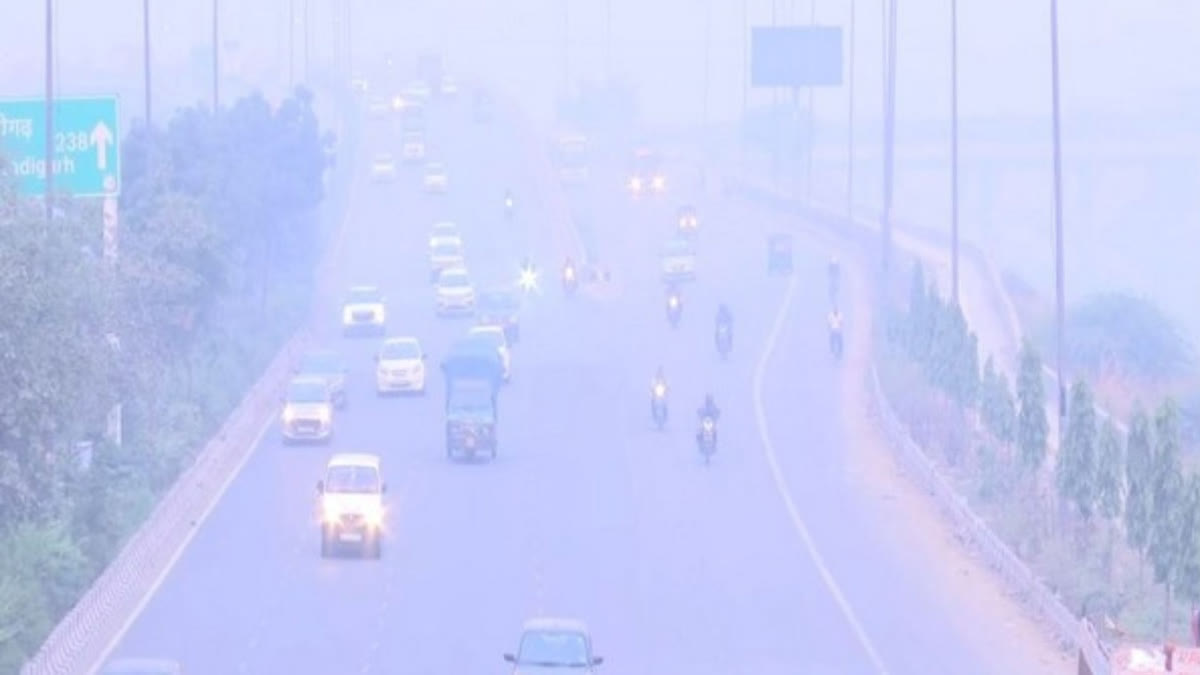New Delhi/Hyderabad:Air pollution in New Delhi made headlines once again as everyone in the national capital - from politicians in Lutyens' Delhi to bureaucrats to the common man, every section of the society of affected. Such was the impact of the air pollution that the Supreme Court observed that endeavour should be made so that next winter is a little better and stressed that stubble burning, which is one of the main causes of air pollution in Delhi-National Capital Region year after year, must stop and directed concerned state governments to take steps to curb pollution.
As per the 2023 study of the Air Quality Life Index (AQLI), Delhi has been recorded as the most polluted city in the world. The national capital has consistently been in the hazardous category at various locations with clusters of red dots spread across the Indo-Gangetic plains. As per the Central Pollution Control Board data, Delhi’s Air Quality Index (AQI) increased above 200 points since October 27. The worsened air quality was reported on November 3, 2023, beating the previous high of 471 recorded on November 12, 2021.
- The National Capital’s air woes
Experts observed the two biggest factors contributing to Delhi’s critical air: construction activity and transport. Meanwhile, in 2021, the Supreme Court declared that stubble burning by farmers in the surrounding states was not the only cause of the capital's air pollution. Rather, urban factors like construction activities, industrial emissions, and vehicular pollution were the major causes. Experts pointed out that old vehicles release 4.3 percent of all particulate matter (PM) in Delhi. A BS-I diesel car (pre-2000) emits 31 times more PM than a BS-VI diesel vehicle. Construction and demolition have been another cause of harmful pollutants in the capital's atmosphere. However, open garbage burning at landfills and in neighborhoods stood in the third position to Delhi’s air woes.
- The way out of the adversity
As per the experts, there are some long-term ways of cutting down pollution levels that include imposing a ceiling on particular vehicles per household, controlling diesel vehicle registration, using CNG engines for public transport and phasing out old commercial vehicles, restricting and regulating construction activities, garbage management, and banning smoke generating fireworks in all social occasion. The most important causes of air pollution in Delhi are the increasing population and related developmental activities at the cost of environmental damage.
